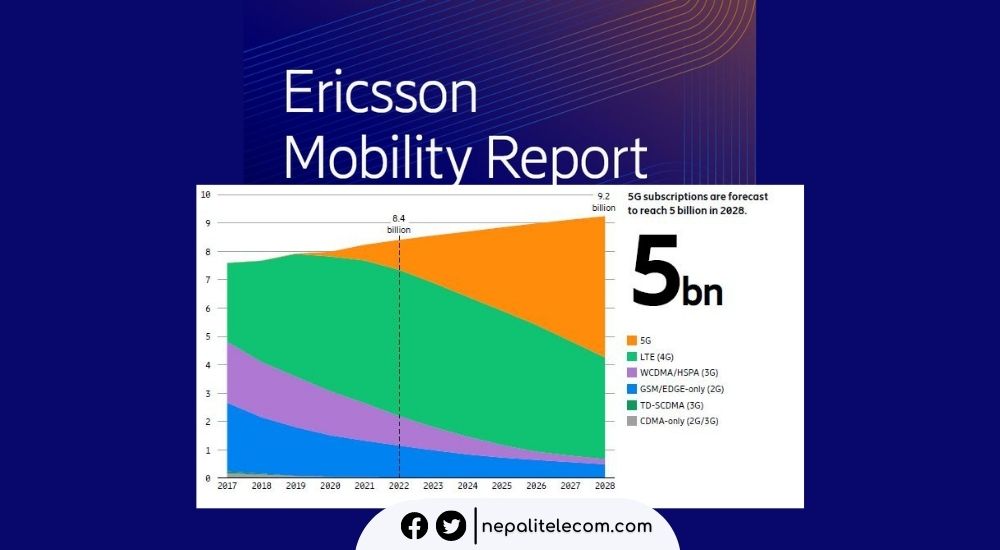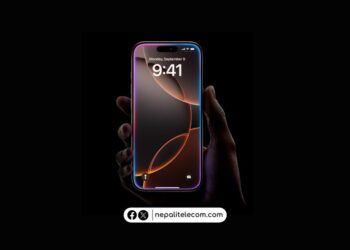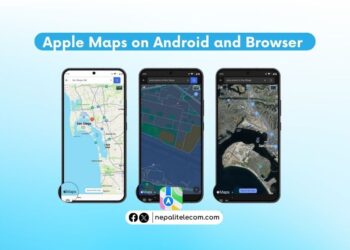By the end of 2028, the number of 5G users could reach 5 billion with more 5G devices hitting the market in the next few years while the user base could mark 1 billion in 2022, the November Mobility Report of Ericsson projects.
The latest report builds upon the firms previous mobility report suggesting the similar inidactors for the global 5G shift.
As 5G migration grows, the number of subscriptions is likely to reach new milestones every year. The US, China, South Korea, and other markets have already attained extensive coverage with the next-generation cellular overage while India has just launched its fifth-generation network. In a nutshell, the 5G user base is certain to inflate in the coming months.
Ericsson, the global telco equipment vendor predicts that 5G subscriptions will reach 1 billion by the end of 2022. The figure could surpass 5 billion in the next 6 years. Likewise, the firm expects Fixed Wireless Access (FWA) of 300 million, where the 5G networks will represent around 80 percent of all FWA connections.
Ericsson says that the coverage expansion will still affect how operators plan to roll out services. For example, the report illustrates that mid-band 5G is deployed varyingly in different markets. It has reached 25 percent population coverage worldwide but, in the US, the network has surpassed 80 percent.
5G brings up to 1 Gbps internet speed in optimal conditions and leverages low latency. Its ultra-high-speed potential will inspire exponential growth in multimedia consumption. The report states that in 2028, videos will account for 80 percent of global cellular network traffic.
Also read: 5G SA vs NSA: How Each Deployment Differs, Pros and Cons
5G users growth to reach new milestone in 2022, Ericsson notes
5G subscriptions grew by 110 million in the third quarter of 2022 and reached 870 million. The number will reach 1 billion in by the end of the fourth quarter. Ericsson attributes the rise of the 5G shift to “prices falling faster than for 4G” and China’s large and early 5G deployments.
But the increase in the 5G trend won’t inspire an immediate end for 4G. In fact, 4G subscription could reach 5.2 billion by 2022 before gradually declining to around 3.6 billion by 2028. During the third quarter, 3G subscriptions declined by 41 million worldwide, and GSM/EDGE-only services also recorded a fall of 44 million.
5G data growth to dominate Ericsson notes
By 2028, 5G data growth will be the most dominant, while also meeting the gradual decline of 4G cellular broadband.
The report predicts that total mobile data traffic will reach around 90 EB (exabyte) per month by the end of 2022. It is expected to grow by a factor of 4 reaching 325 EB per month in the next 6 years. Including FWA, it will reach 115 EB monthly in 2022, and 453 EB monthly by 2028.
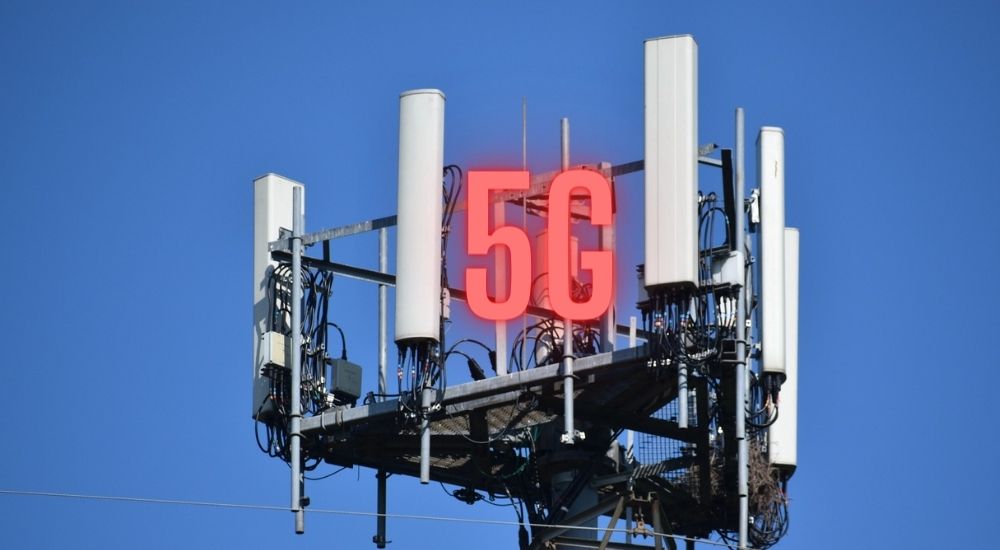
The upsurge in 5G data assumes that AR and VR MR will occupy the internet space. On the other hand, the adoption could turn out to be even stronger than projected which will see data traffic “increase significantly.” But the traffic growth is subject to being “highly volatile” depending on local market factors.
For data growth, Ericsson points out three main drivers:
- improved device capabilities,
- an increase in data-intensive content and
- growth in data consumption due to continued improvements in the performance of deployed networks.
The Sub-Saharan region spends 4.6 GB of data monthly currently, while in the Gulf, it could rise to 25 GB monthly at the end of 2022.
Don’t miss: Robi Axiata Conducts 5G Trial in Bangladesh | Over 1 Gbps Speed
5G to play a crucial role in Digital Inclusion in Nepal, India, and Bhutan
5G will play a crucial role to realize India’s digital inclusion goals by bringing highly reliable cellular signals to rural areas and the same is expected of Nepal and Bhutan. Mobile data is the foundation of India’s Digital India vision. The average monthly data consumption is expected to grow from 25 GB in 2022 to 54 GB in 2028. At the same time, the total traffic could grow from 18 EB per month in 2022 to 53 EB monthly in 2028.
The growth of 5G-compatible smartphones and an increase in average usage per smartphone will drive up migration to 5G in India.
In Nepal, Ntc, the government-backed telco is also prepping for the 5G trial with the company having completed almost all the necessary arrangements.
Check out: 4G vs. 5G: Differences Between Two Mobile Networks
Video to dominate global mobile data traffic
Video consumption already takes in 70 percent of the global mobile network traffic. Uses these days post and share videos on social media and stream content. In the next 6 years, the overall data traffic will be 80 percent coming from video consumption.
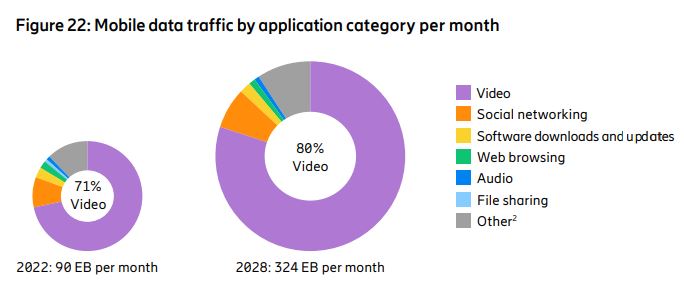
Social networking sites, YouTube, will inspire even higher data traffic in the coming years.
5G is the successor of the 4G cellular network and is expected to inspire a cellular revolution with its extremely high-speed capacity and low latency.


